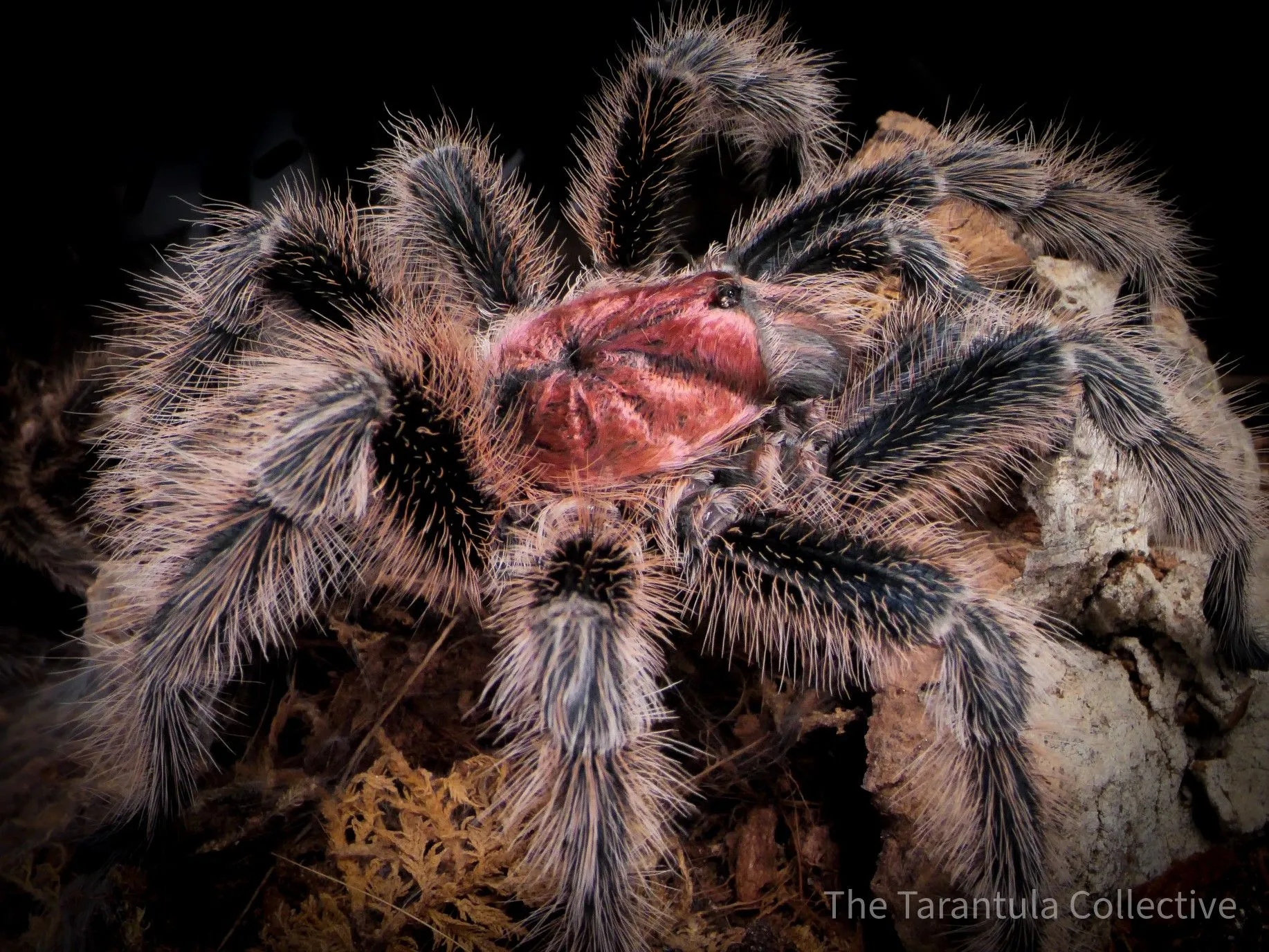Understanding Rose Hair Tarantula Diet
The rose hair tarantula, a popular pet due to its docile nature and relatively easy care, requires a specific diet to thrive. Understanding what to feed your rose hair tarantula is crucial for its health, growth, and overall well-being. Their diet, though seemingly simple, plays a significant role in their lifespan and activity levels. Providing the right food, in the correct quantities, is a cornerstone of responsible rose hair tarantula ownership. The following guide will explore the essential aspects of their diet, feeding frequency, and the best practices for ensuring your tarantula receives proper nutrition.
What Do Rose Hair Tarantulas Eat in the Wild?
In their natural habitat, the rose hair tarantula is an opportunistic predator. These spiders primarily consume insects and other small invertebrates that they can overpower. Their diet in the wild varies depending on the availability of prey in their specific environment. They typically ambush their prey, waiting patiently for the right moment to strike. This hunting behavior dictates their dietary preferences and the types of food they are best adapted to consume. Understanding their natural diet helps in replicating their feeding habits in captivity.
Insects as a Primary Food Source
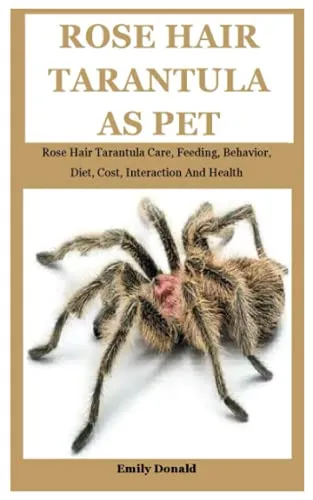
Insects form the cornerstone of the rose hair tarantula’s diet. They are an excellent source of protein and other essential nutrients required for growth and maintenance. The size and type of insects offered will depend on the size and age of your tarantula. It’s important to source insects that are free from pesticides and other harmful chemicals. Feeding your tarantula a varied diet of insects can help provide a more balanced nutritional intake, mirroring what they would consume in the wild.
Crickets
Crickets are a staple food for rose hair tarantulas, readily available and relatively easy to maintain. They are a good source of protein and can be easily purchased from pet stores or online. Ensure the crickets are gut-loaded (fed nutritious food) before offering them to your tarantula. This will enrich the nutritional value of the crickets, benefiting your pet. The size of the crickets should be appropriate for your tarantula’s size, generally no larger than the tarantula’s body.
Mealworms
Mealworms offer another convenient food option. They are easily stored and can be a good supplementary food source. While mealworms are nutritious, they have a higher chitin content (the main component of insect exoskeletons) compared to crickets, which can sometimes make them harder to digest if fed exclusively. It is advisable to include mealworms as part of a varied diet, along with other insects like crickets or roaches. They are also readily available and easy to handle.
Roaches
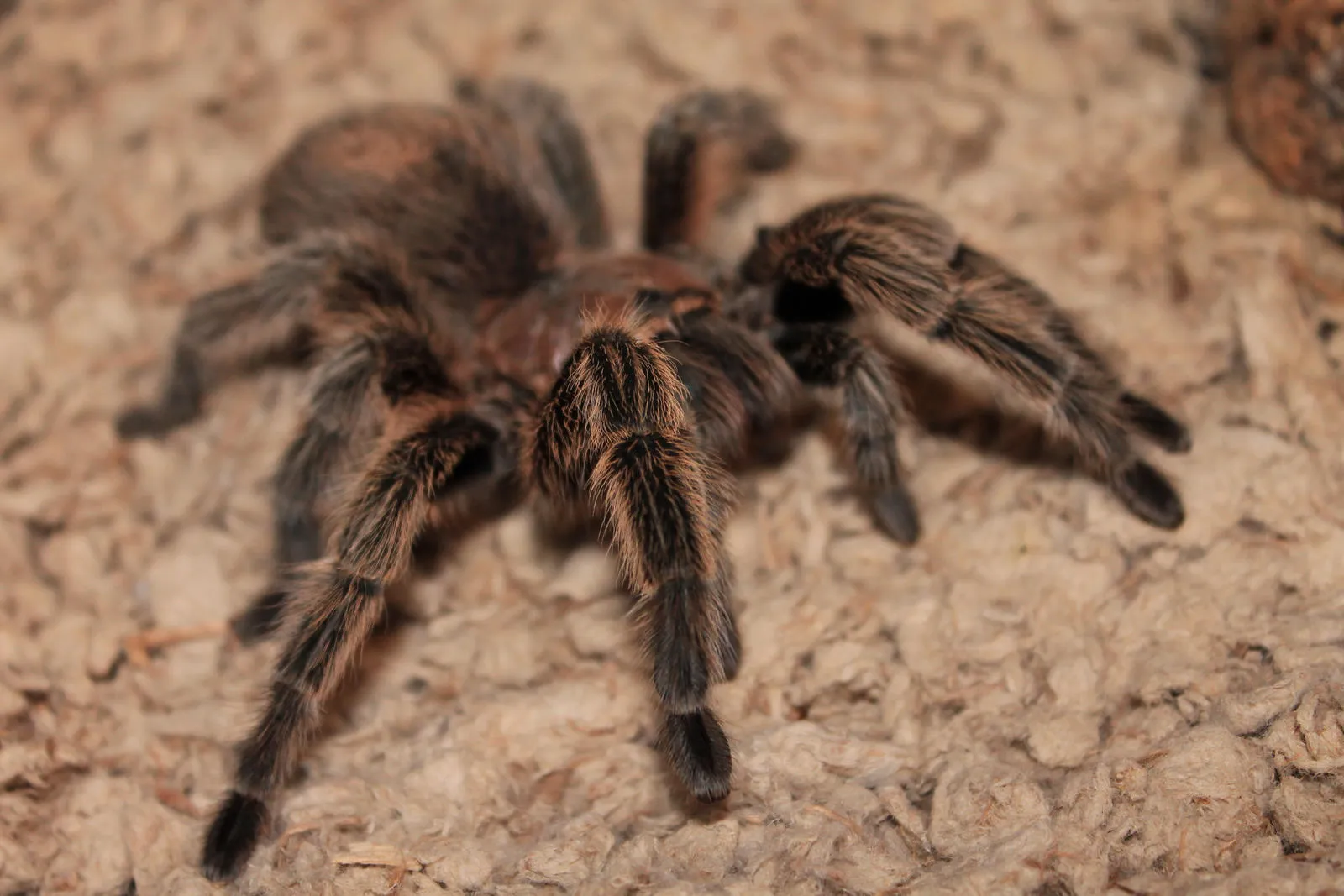
Roaches, such as Dubia roaches or discoid roaches, are an excellent food source, packed with protein and nutrients. They are a more nutritious option than crickets, and roaches are less likely to escape or burrow, making them easier to manage in the terrarium. Roaches are also more active, providing your tarantula with a more engaging hunting experience. However, they may be more difficult to source depending on your location, and it’s essential to ensure they are from a reputable supplier.
Other Insects
You can also supplement your tarantula’s diet with other insects. This can include superworms (though high in fat, so use sparingly), hornworms (high in moisture), or other commercially available insect feeders. Always make sure any insect offered is pesticide-free and sourced from a reliable supplier. Variety helps in ensuring your tarantula receives a broad spectrum of nutrients and keeps the feeding routine interesting. Careful observation of your tarantula’s feeding habits and overall health is crucial for dietary adjustments.
Feeding Frequency and Size of Prey
The frequency of feeding and the size of the prey depend largely on the tarantula’s age. It’s crucial not to overfeed, as this can lead to health problems. Overfeeding can also cause the tarantula to become less active. Regular observation of your tarantula’s abdomen is important to ensure its not overly plump, which would be a sign of overfeeding. Adjust the diet according to the tarantula’s size and molting schedule.
Feeding a Juvenile Rose Hair Tarantula
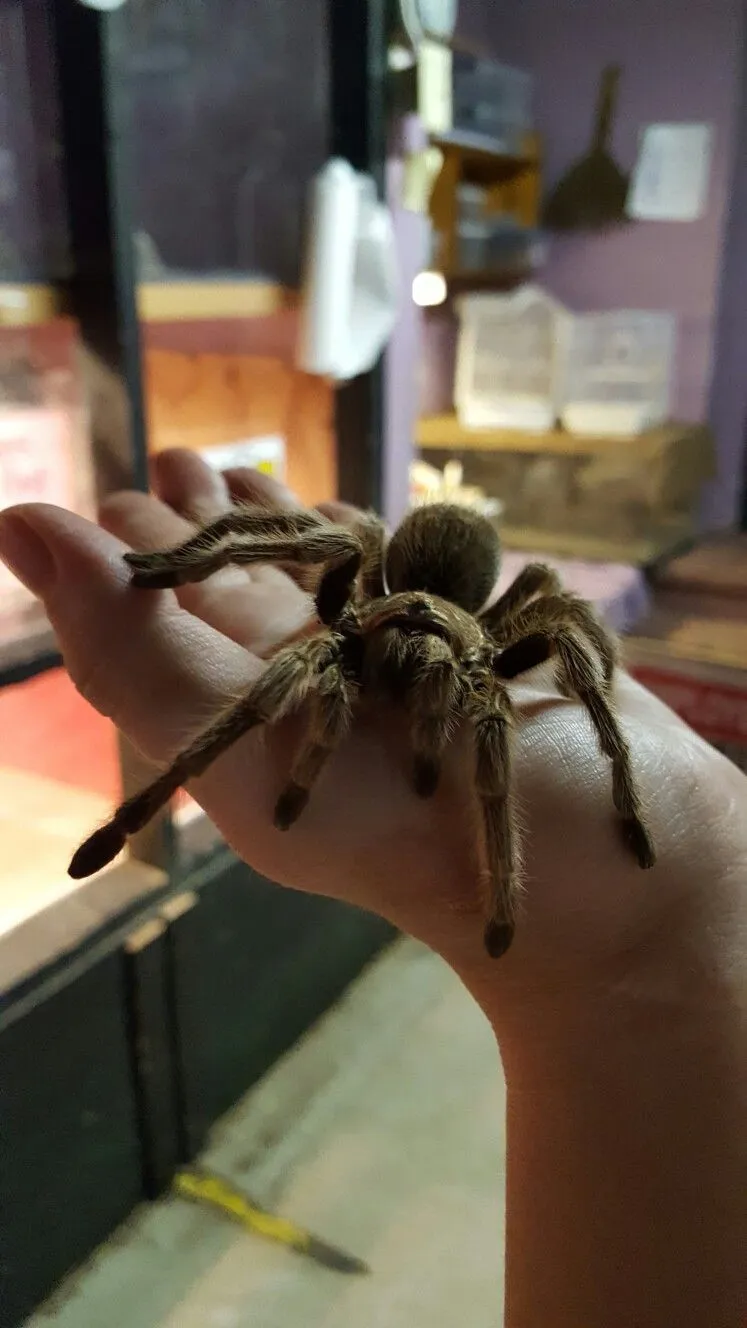
Juvenile rose hair tarantulas require more frequent feeding to support their growth. Feed juveniles 2-3 times a week, offering appropriately sized prey. The prey should be smaller than the tarantula’s body, usually no bigger than the size of the tarantula’s abdomen. Monitor the tarantula’s abdomen for fullness. If it looks overly plump, reduce the feeding frequency. Ensure the enclosure provides appropriate temperature and humidity to help with digestion.
Feeding an Adult Rose Hair Tarantula
Adult rose hair tarantulas require less frequent feeding, usually once or twice a week. Offer larger prey items. The prey should be about the size of the tarantula’s abdomen. Overfeeding is a common mistake with adult tarantulas, so closely monitor their eating habits and abdomen size. Adult tarantulas can sometimes go for weeks or even months without eating, particularly before a molt, so don’t immediately worry if they refuse food. Always make sure fresh water is available.
Supplements and Additional Food Options
While insects form the bulk of the diet, there are a few other supplementary options to consider. Some keepers offer pre-killed prey to reduce the risk of injury to the tarantula. However, live feeding is generally preferred as it stimulates the tarantula’s natural hunting instincts. Avoid feeding your tarantula any vertebrate prey, such as small mice or lizards, as they can be too large and may pose a risk. Always prioritize insects as the primary food source and maintain a balanced diet to meet your tarantula’s nutritional requirements.
Water for Rose Hair Tarantulas
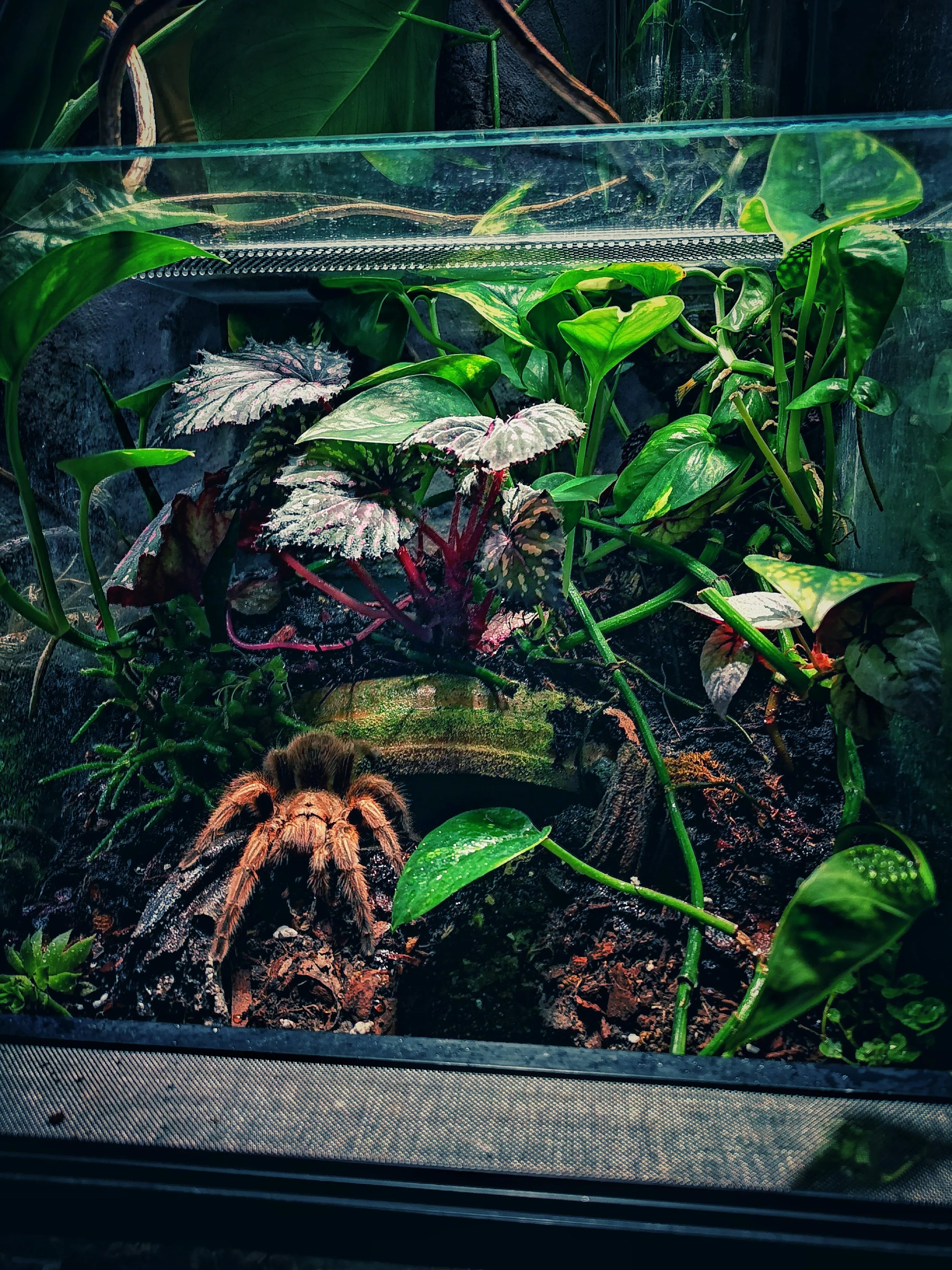
Water is essential for the health of rose hair tarantulas. Proper hydration is vital for their molting process and overall well-being. Providing a clean water source at all times is a crucial aspect of their care. Always monitor water levels and replace the water regularly to prevent contamination. Ensure the water dish is shallow enough to prevent drowning, especially for younger tarantulas.
How Often to Provide Water
Fresh water should be available at all times. Regularly check the water dish, ideally every day or two, to ensure it’s clean and filled. Even if your tarantula doesn’t appear to be drinking, consistent access to water helps maintain the required humidity levels in the enclosure. If the water evaporates quickly or becomes dirty, you might need to adjust the enclosure setup or clean the dish more frequently.
Safe Water Sources
Use a shallow water dish, such as a bottle cap or a small, reptile-safe dish. Always provide fresh, clean water. Avoid using tap water directly, as it may contain chlorine or other chemicals harmful to tarantulas; using bottled or filtered water is preferable. Regularly clean the water dish to prevent algae growth or the accumulation of debris. Ensure the water dish is easily accessible within the enclosure and does not pose any safety risks to the tarantula.
Dealing with Feeding Issues
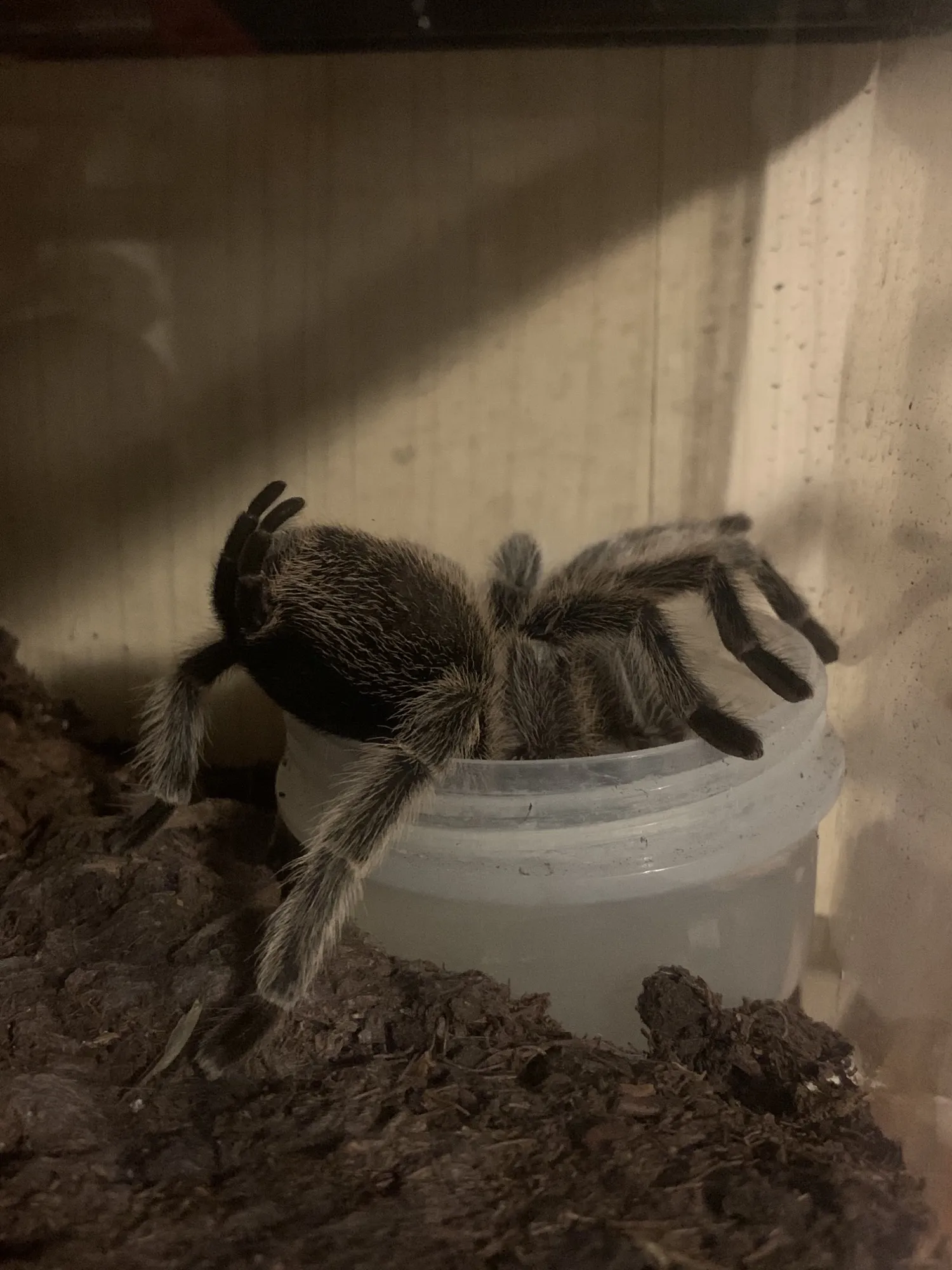
Sometimes, rose hair tarantulas can experience feeding issues. These issues can stem from various factors, including stress, environmental changes, or molting. Understanding the common causes and how to address them is crucial for maintaining your tarantula’s health. Always monitor your tarantula’s behavior and eating habits to identify any problems promptly. Being patient and observant helps you provide the appropriate care and interventions.
Signs of Overfeeding or Underfeeding
Signs of overfeeding include a plump abdomen, while underfeeding may result in a thin abdomen. It is very important to keep an eye on your tarantula’s abdomen. Overfeeding could lead to health issues. Underfeeding may lead to slow growth or other health problems. Adjust the diet based on the observed signs, reducing food if overfed or increasing it slightly if underfed. Consistent monitoring and observation are critical for correct adjustments.
Dealing with Refusal to Eat
If your rose hair tarantula refuses to eat, there could be several reasons. The tarantula might be in premolt, preparing to shed its exoskeleton. Environmental stressors, such as changes in temperature or humidity, can also affect their appetite. Ensure the enclosure environment is optimal, with the correct temperature and humidity levels. Provide a suitable hiding place to reduce stress. Avoid handling the tarantula during this period, as it can add to the stress.
Why a Rose Hair Tarantula Might Stop Eating
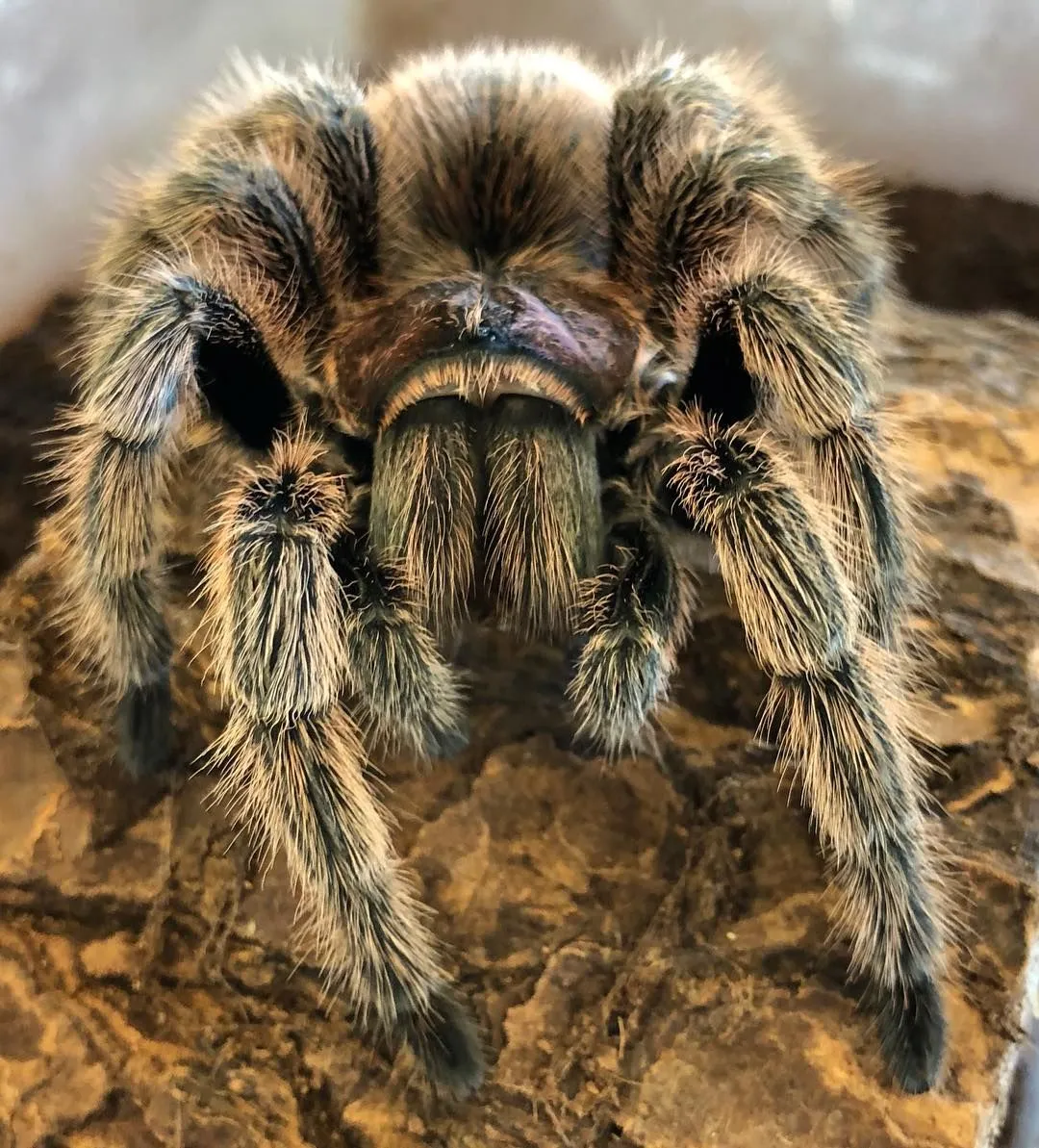
Various reasons could cause a rose hair tarantula to stop eating. Stress from relocation or a change in the enclosure can affect eating habits. Premolt, the period before molting, is a common reason for refusal to eat. The tarantula’s age and overall health also play a role. Regularly observe your tarantula’s overall behavior and habitat. If refusal to eat persists for an extended period, consult a veterinarian specializing in exotic pets to rule out any health problems.
In conclusion, providing the correct diet is essential to keeping a healthy and happy rose hair tarantula. By understanding their dietary needs, feeding habits, and potential issues, you can ensure that your pet thrives. Always prioritize fresh, high-quality food sources and maintain a clean environment. Your attention to detail and care is a significant investment in their well-being, so you can enjoy your pet for many years.
